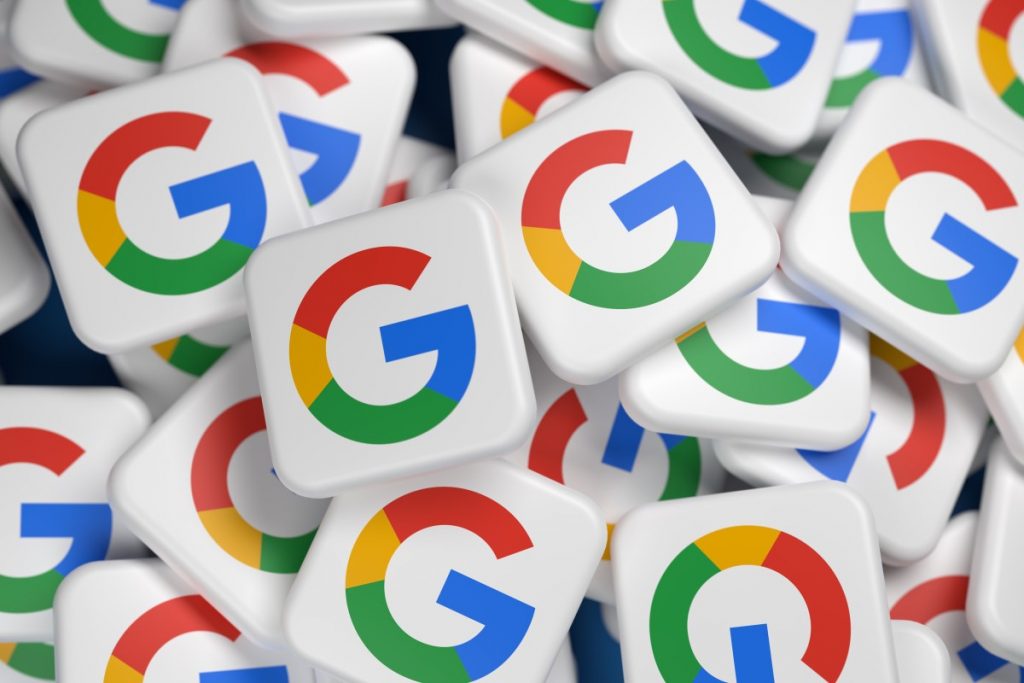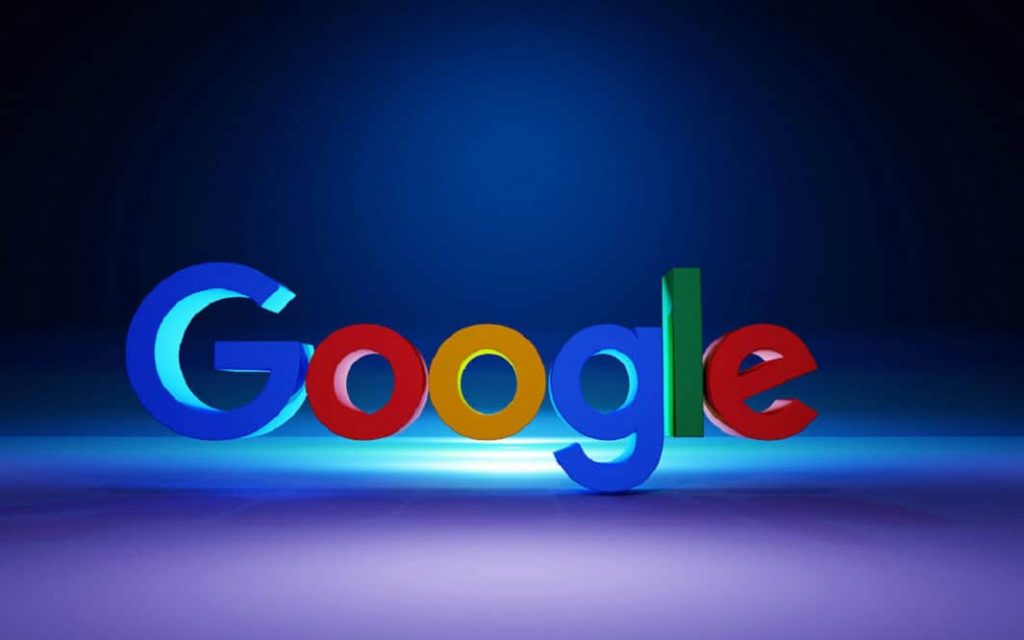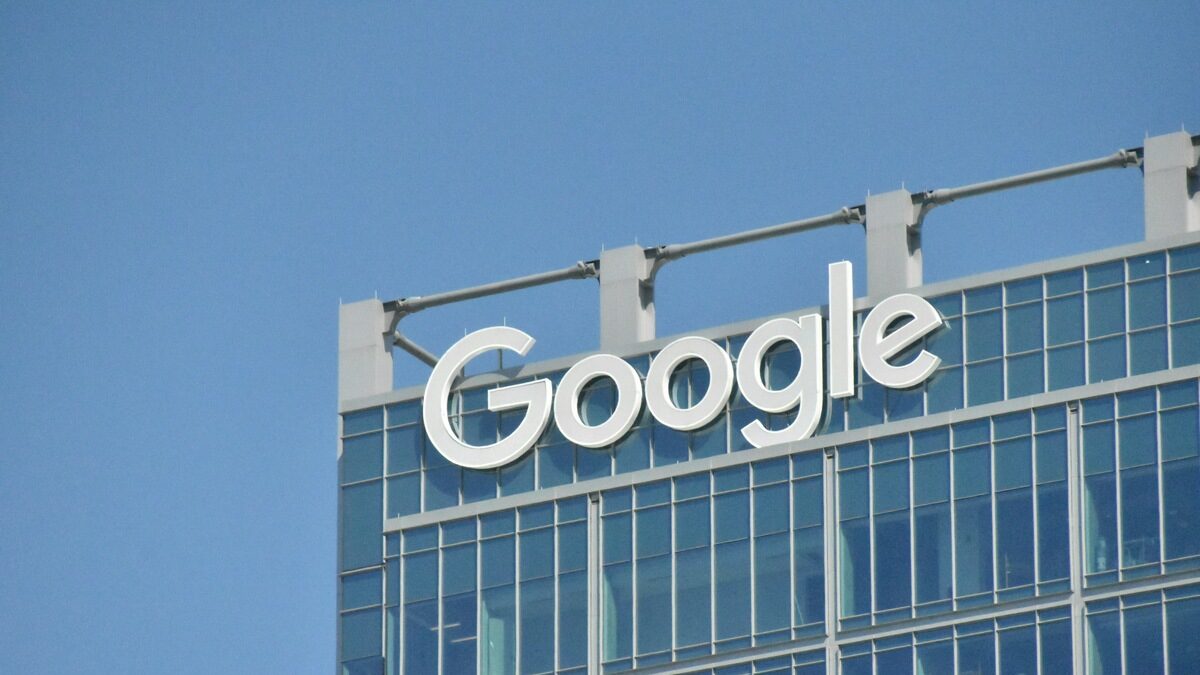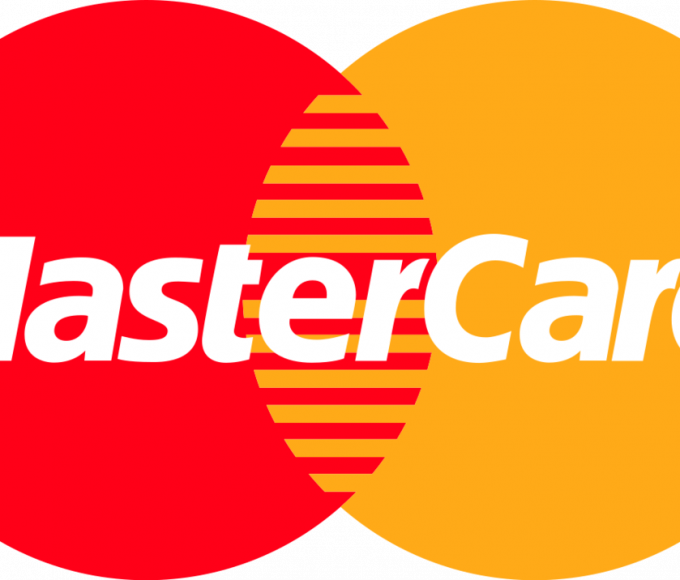This year, Google positioned AI not just as a backend mechanism for optimization or analytics, but as a direct interface changing how people search, how ads appear, and how brands are discovered. The company unveiled a series of product updates and tools that point toward a future where automation and machine learning drive nearly every aspect of digital marketing—often at the cost of transparency and human control.
Search becomes conversational
Google’s “AI Overviews” now sit at the top of many search results, offering AI-generated summaries instead of traditional link lists. These summaries can include sponsored placements, merging organic and paid content into one fluid experience. Another feature, “AI Mode,” transforms search into a dialogue, allowing ads to appear mid-conversation as contextual suggestions.
For marketers, this means visibility is becoming more about influencing ideas than targeting specific keywords. The challenge lies in shaping brand perception within AI-driven summaries while retaining some control over where and how messages appear.

Automation expands with AI Max
A new system called AI Max for Search automatically identifies high-value opportunities by analyzing campaign history and experimenting with new search terms. It works alongside Smart Bidding and audience modeling to uncover audiences advertisers might not even know they were missing.
While this offers efficiency and discovery potential, it also distances marketers from the tactical decision-making process. Key performance insights may remain buried in aggregated data, making human oversight and interpretation more important than ever.
Creativity meets machine learning
Google’s latest creative suite, Asset Studio, can instantly generate ad visuals and videos using text prompts. The system enables quick customization—resizing, tone adjustments, and background swaps—at scale. It’s a powerful way to produce campaigns quickly, but it risks uniformity, as outputs may lean toward what’s common in the training data rather than what’s unique to a brand.
Google emphasizes that marketers can still inject their own creative direction by refining and approving AI-generated content. But the real challenge will be ensuring that brand storytelling remains distinctive amid a flood of machine-made visuals.
More visibility, but limited transparency
Performance Max now provides more granular reporting, showing how ad spend is distributed across channels like Search, YouTube, Maps, and Display. Advertisers can also exclude branded terms to avoid competing with their own campaigns. These updates improve clarity, but much of the system’s decision-making—how budgets are optimized and which assets drive conversions—remains hidden.
Visual commerce takes center stage
New shopping tools are pushing Google deeper into the world of immersive retail. The virtual try-on feature now supports full-body images, allowing users to see how clothing fits their proportions. Shoppable Video Ads are expanding beyond Shorts to major YouTube placements, giving brands more interactive ways to reach audiences. Success, however, depends on having accurate product data and synchronized inventory systems.

First-party data becomes a competitive edge
Google’s Data Manager now allows brands to unify data from CRM systems, apps, and offline sources into a single ecosystem. It’s designed to support a privacy-first advertising world by strengthening measurement and targeting capabilities. Yet, it requires a sophisticated data infrastructure, meaning brands with fragmented systems may struggle to benefit fully.
The takeaway
The 2025 updates show Google’s ambition to serve as the backbone of modern marketing—from content generation and campaign management to targeting and measurement. Automation promises efficiency, but it also shifts control away from human strategists.
In this new landscape, success won’t come from simply adopting AI tools—it will depend on how intelligently and intentionally they’re used. When everyone has access to the same technology, differentiation lies not in the software, but in the strategy behind it.







